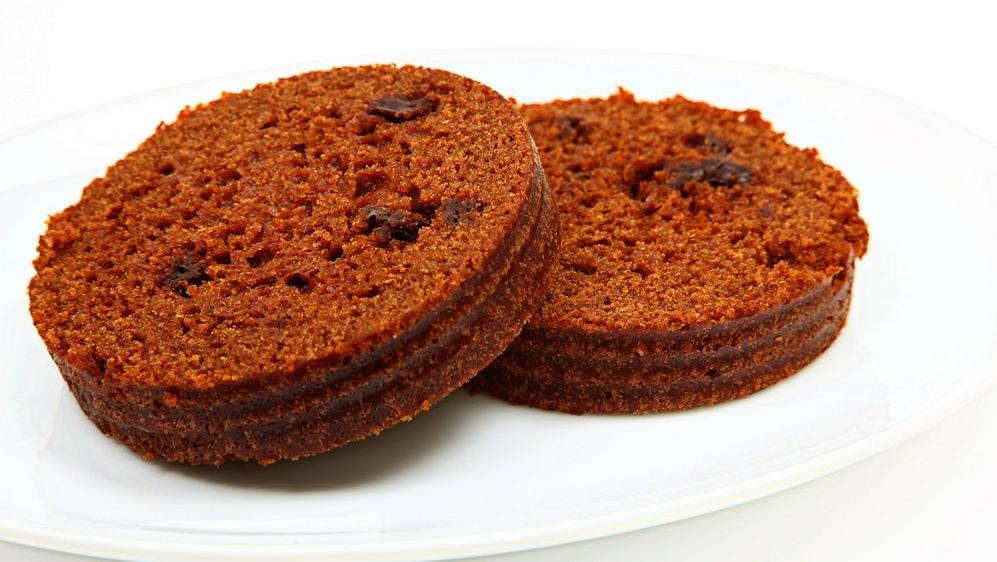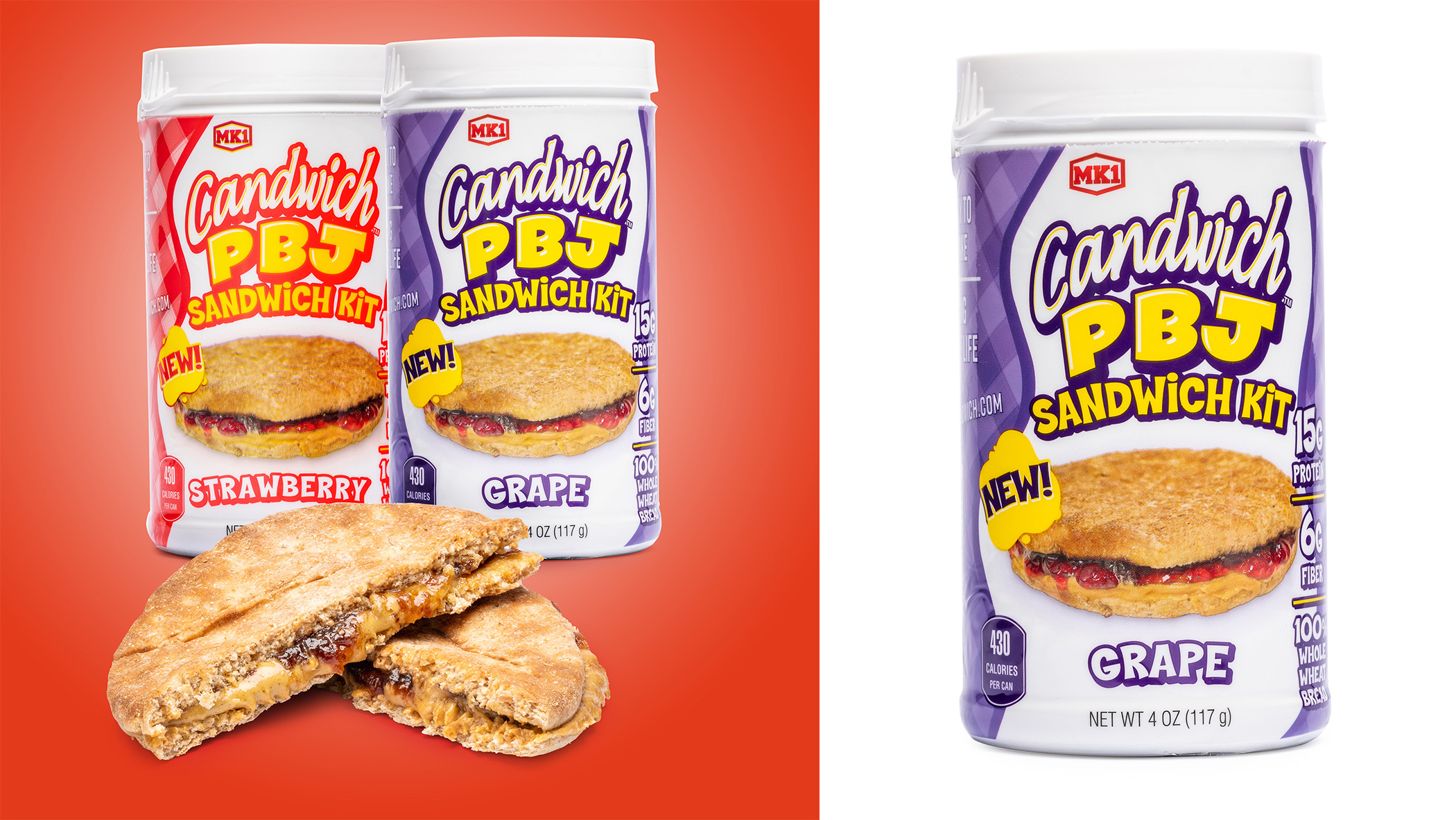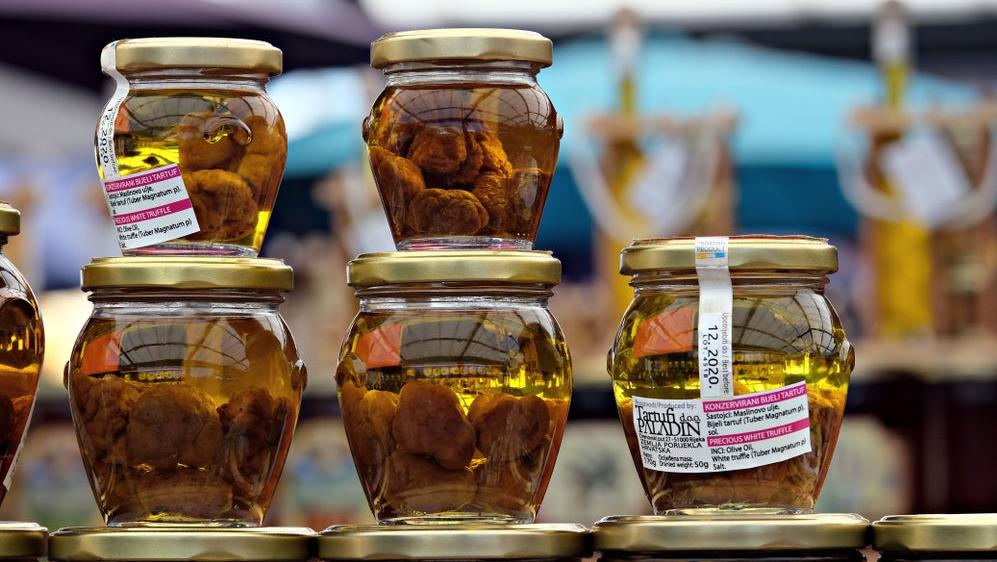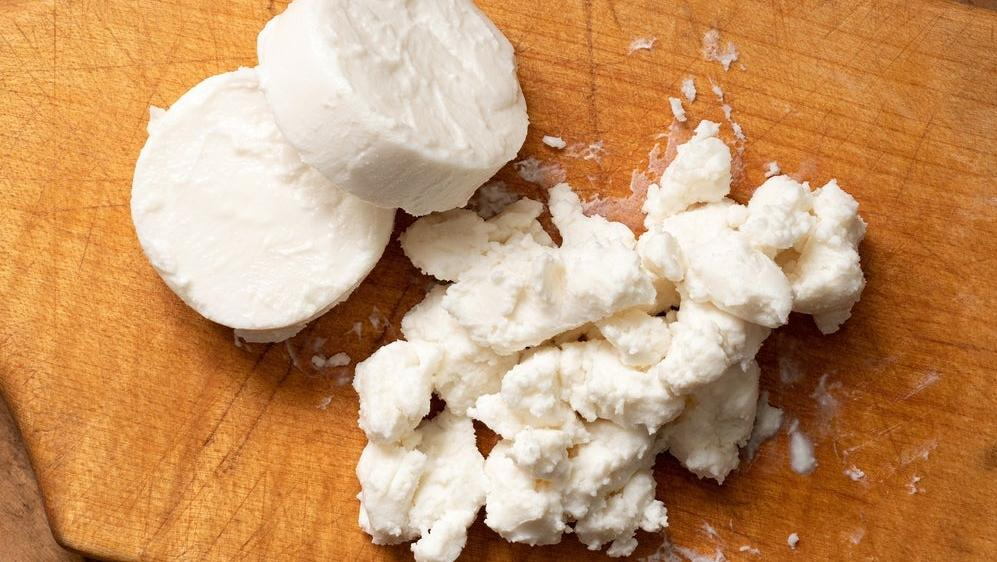10 Foods You Didn't Know Could Be Canned
Canned foods are a modern marvel—especially these unusual finds.
We may receive a commission on purchases made from links.
Forgive us if we wax poetic about canned food, but we can't help it: It's practical, accessible, inexpensive, consistent, and easy. It allows us to eat out-of-season produce and taste a wide range of international flavors. It gives us the option to microwave rather than preheat the oven. Canned foods are awesome, for both novice cooks and seasoned chefs.
Even for those with plenty of cooking experience, though, some canned goods might come as a surprise. Just about anything can be preserved this way, and we found 10 items that challenge us to expand our notion of what canned food can be. Here they are, for your viewing (or snacking) pleasure.
Burgers
What makes a burger worthy of one's taste buds is its tender juiciness, the cook on the meat customized to suit the preferences of the hungry customer. But fast food chains sell us burgers that feature neither rare nor juicy beef, so why can't the grocery store dispense of those elements, too? Enter the canned burger, sold as an on-the-go meal for those trekking the wilderness. One European brand can be eaten cold or warmed inside the can in hot water. One YouTuber's review of these canned burgers (which stay good for about 10 years) makes it evident the meal doesn't appear as it's advertised on the label. Instead of featuring lush green lettuce and vibrant tomatoes, the burger appears thick and compact, tucked tightly in the can inside a layer of wax paper with a silica gel packet slipped in underneath.
Camel meat
While consuming camel meat isn't mainstream here in the United States, many countries, including Somalia and multiple nations in the Middle East, enjoy this protein. When cooked right, camel meat can take on the taste and texture of lean beef; improperly prepared, it can be chewy and gamey. Camel meat in a can is handy for shipping the meat to any place where it isn't typically served. Australia is known as an importer of camel meat.
Peanut butter and jelly sandwich kit
Ah, a classic American favorite: the peanut butter and jelly sandwich, rich in protein and some carbs for energy. There's technically a canned version of the treat that can be purchased in vending machines, though it's up to the consumer to assemble it themselves if they dare put in three seconds of work. Candwich is advertised as a peanut butter and jelly sandwich kit for snack enthusiasts to enjoy on the go; it's designed to fit into soft drink vending machines. This product has a one-year shelf life, and in addition to bread, spreads, and a wooden utensil, it comes packaged with a wet wipe for dirtied hands.
Boiled peanuts
Peanut fanatics who want their favorite snack to lay in their cupboard for a while will be happy to know that canned boiled peanuts are a thing. A Southern treat in the United States, boiled peanuts are typically eaten like edamame: you wiggle the innards out and discard the shell. Thanks to the culinary magic of canning, the prepackaged boiled peanuts can essentially rest in brine, absorbing whichever flavorings the peanuts bathe in, such as Cajun seasoning or salt and vinegar.
Whole chicken
Yes, entire chickens, bones and all, can come fully cooked and in a can—just ask Sweet Sue. One perk of canned chicken is that by preserving it with salt and submerging it in broth, the poultry has a shelf life of years rather than your typical couple of days for fresh chicken stored in the fridge. A whole canned chicken has more dimension to it than cans of only-white-meat chunk chicken breast, usually costing around the same as a rotisserie chicken from the grocery store.
Brown bread
Brown bread, popular in New England, is a dark, rye-ish bread elongated to take the shape of a standard-sized tin can. Dense in its very nature, this snack is typically sliced and topped with spread like butter or jam, though brown bread is also a capable holder of beans and sliced sausage. Its tastiness, meanwhile, is debatable: the divisive carbohydrate has been compared to cake, but skews closer to a bran muffin in texture.
Reindeer meat
Though not a common protein source throughout most of the United States, reindeer meat in all its canned glory is a popular treat in Finland. This meat can be used as a replacement for beef in burgers and sandwiches, and it can be added to soups and pasta for added heft. Reindeer meat might be cold smoked, traditionally dried or eaten in the form of a steak, and also has a high nutritional value, prized for its rich mineral and protein content and low amount of fat.
Truffles
Some may say it's better to cook with the preserved version of this culinary delicacy, because it's an effective way to get ahold of them whether or not it's truffle season. Canned or jarred truffles won't necessarily taste as fresh as their counterparts, but becausethe canned ones have typically been cooked at least once, they'll have a richer, more intense flavor. An unopened can or jar lasts up to two years, in case you're saving some fancy stuff for doomsday.
Goat milk
You might be unfamiliar with goat milk's many uses. The product is great for both edible and non-edible applications, includinng milkshakes (swap in for cow milk), homemade goat cheese, or soapmaking. Evaporated goat's milk can be purchased in cans—a solid replacement for those with sensitivity to cow's milk, and boasting a sharper flavor. Once opened, a can of goat's milk will last five to seven days.
Oysters
Imagine fresh oysters, but taken down a notch. Canned oysters can't be slurped on the half shell, but they're a great ingredient for dishes like soups or dips. While some can be eaten straight from the can, some varieties cannot—check whether they've been cooked before you dig in. Many canned oysters have an expiration date of about one year. Though fresh oysters hold more of that signature ocean flavor, the pre-cooked ones make for a great snack rich in Vitamin B12, Vitamin B, and minerals.



